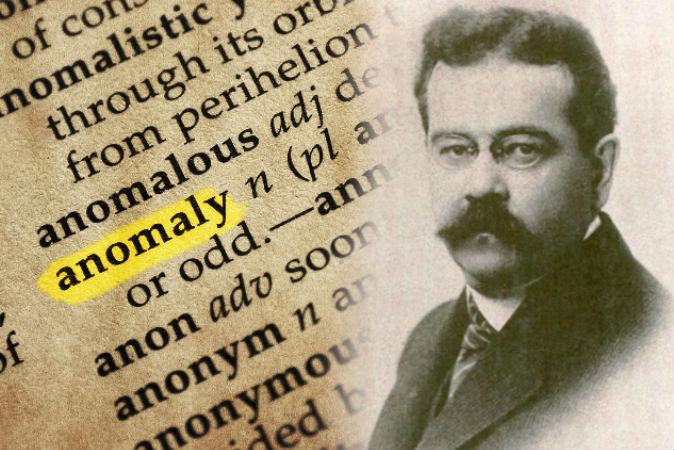Charles Hoy Fort was an American “self-educated newspaperman, modestly-successful short story writer, unsuccessful novelist and inventor, and eccentric natural philosopher,” according to a description by English Professor Terry Harpold at the University of Florida.
Fort is regarded by some, especially his devotees, who call themselves “Forteans,” as a pioneer of anomalistic studies. This is a term coined in 1973 by anthropologist Roger W. Wescott, and it has been used to describe the “interdisciplinary study of scientific anomalies (alleged extraordinary events unexplained by currently accepted scientific theory).”
Fort was fascinated by such anomalies, and spent much of his adult life collecting accounts of such events.
Fort’s Troubled Early Life
Fort was born on August 6, 1874, in Albany, N.Y. Fort’s parents were Dutch immigrants who became fairly prosperous in the United States. His family owned a wholesale grocery business in Albany.




